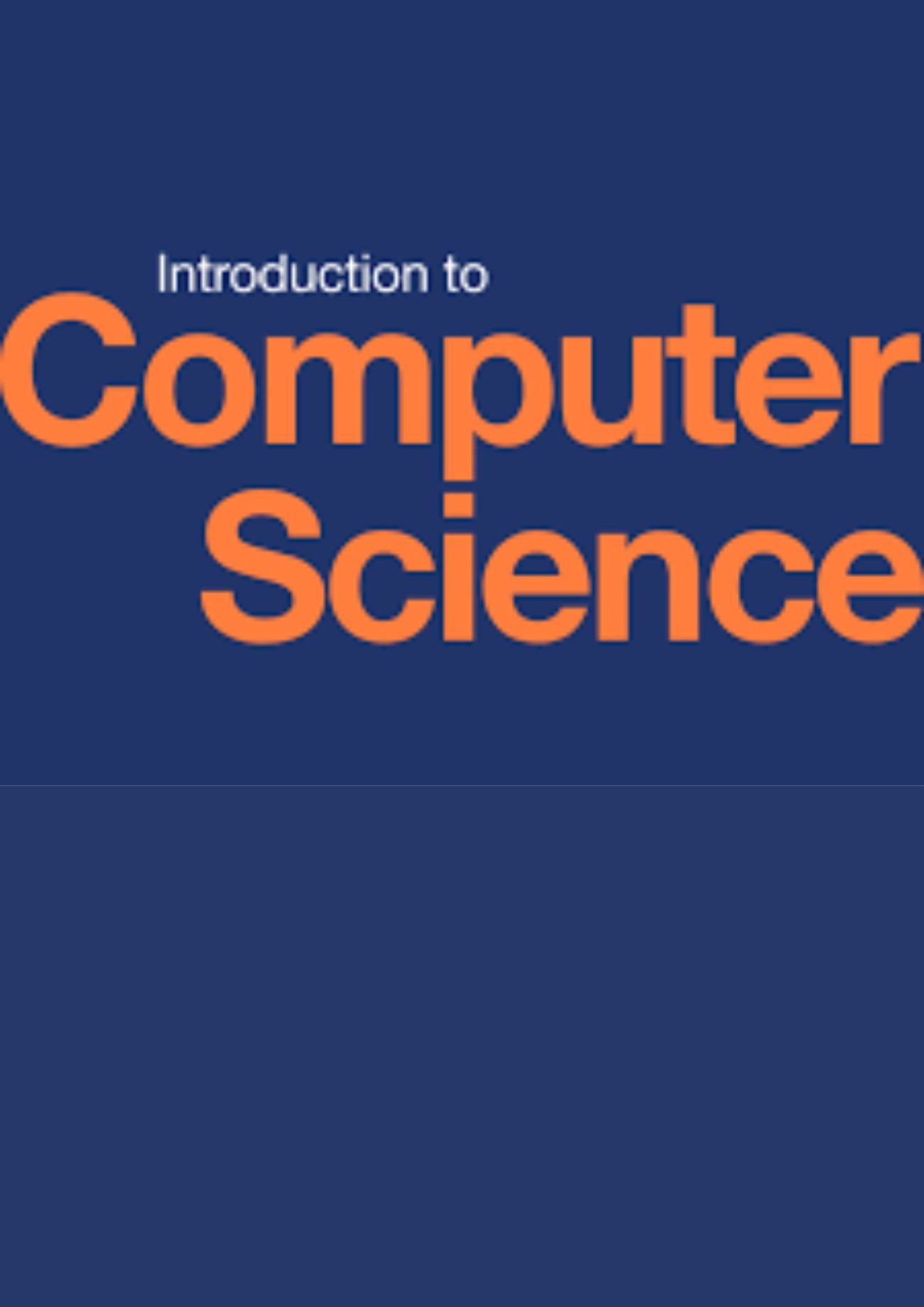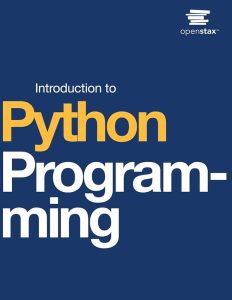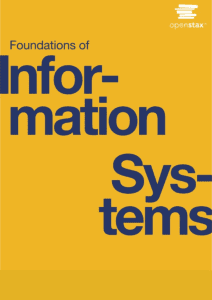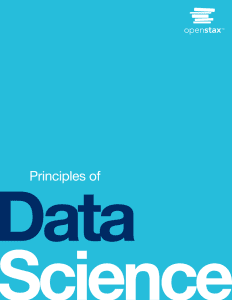Computer science is not only the discipline of the digital age but also the “key” that opens countless doors of opportunity in education, careers, and research. The book Introduction to Computer Science is compiled with the goal of guiding readers from the most basic concepts to a more comprehensive understanding of this fascinating field. With a systematic, accessible presentation and numerous illustrative examples, it is an ideal starting resource for anyone looking to enter the world of technology.
1. Basic Information about the Book
Book Title: Introduction to Computer Science
Genre: Textbook / Academic Material
Audience: Students, lecturers, beginner programmers, and anyone interested in the fundamentals of computers and information technology.
The book focuses on building a foundation of basic knowledge, from how computers work, hardware-software principles, to programming languages, data structures, and algorithms. Notably, it is written in clear and easy-to-understand language, suitable even for those with no prior background in technology.
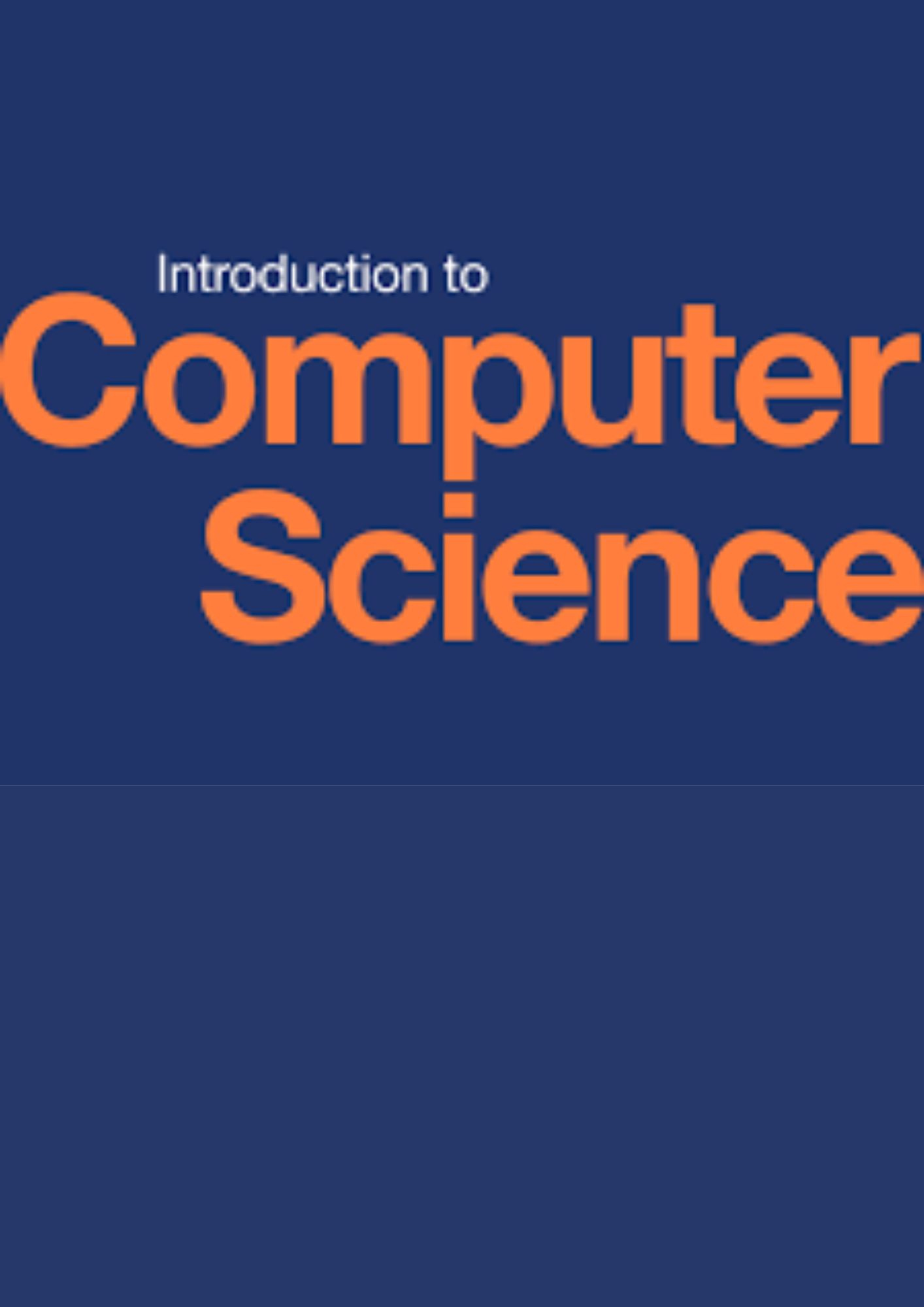
2. Content Overview
The content of Introduction to Computer Science typically revolves around the following main sections:
- Basic Concepts of Computers
- The history of computer science development.
- Principles of hardware operation: CPU, memory, peripheral devices.
- Basic operating systems.
- Programming Languages and Algorithmic Thinking
- Introduction to types of programming languages: low-level, high-level, scripting.
- How to build algorithms and use logical thinking to solve problems.
- Illustrative examples that help learners approach programming more easily.
- Data Structures and Information Management
- Basic data types (numbers, characters, boolean).
- Lists, arrays, trees, graphs, and real-world applications.
- Applications of Computer Science
- The role of computer science in artificial intelligence, computer networks, and cloud computing.
- The impact of technology on various aspects of life and work.
- Future Directions
- Emerging trends such as machine learning, big data, and information security.
- Career opportunities and long-term academic pathways.
3. Who is This Book For?
- Students: Those who are just starting to study information technology will find this book a solid foundational textbook.
- Career changers: If you are working in a different field but want to transition to IT, this book provides a comprehensive overview from the beginning.
- Technology enthusiasts: Even if you do not pursue an IT career, you can still find a lot of interesting knowledge that helps you better understand the tools shaping modern life.
- Lecturers and researchers: The book can be used as a reference material or teaching resource.
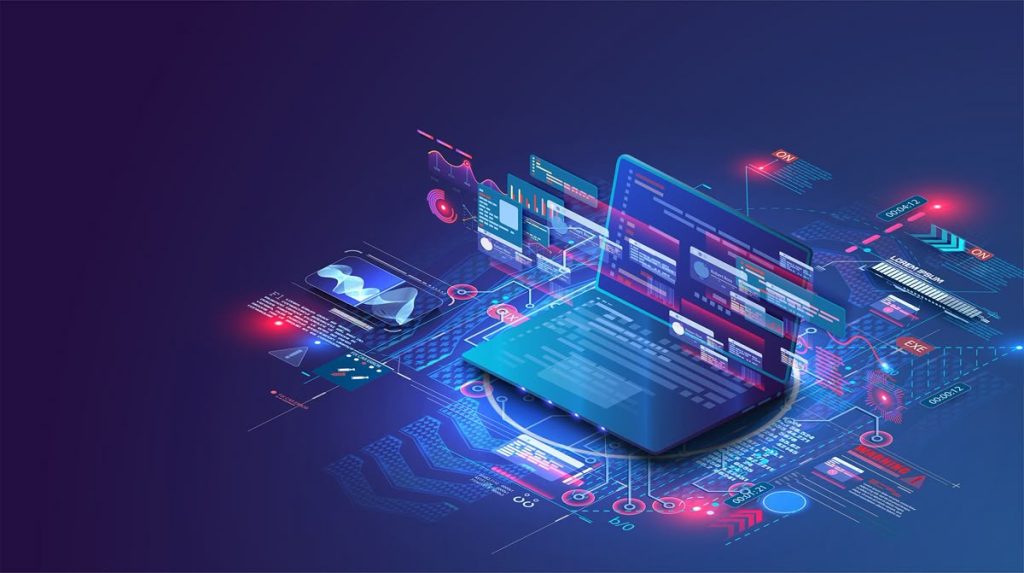
4. Why You Should Read This Book
Introduction to Computer Science is an ideal choice for anyone wanting to start their journey exploring the world of technology, from major students to self-learners. The book not only provides a solid theoretical foundation in computer science but also helps readers develop problem-solving skills through real-world scenarios and interactive exercises. With a clear structure, accessible approach, and friendly language, the book simplifies concepts that may seem complex, such as algorithms, data structures, artificial intelligence, and cloud computing.
What makes this book special is that it is freely published by OpenStax – a reputable educational organization – under a Creative Commons license, enabling everyone to access high-quality knowledge without financial barriers. This is not only a reliable learning resource but also reflects the spirit of openness and knowledge sharing in the digital age.
5. Download and Experience
You can download or read online on platforms like SlideShare, Scribd… depending on your preference and convenience:
- Scribd: https://www.scribd.com/document/906495839/Introduction-to-Computer-Science
- Slideshare: https://www.slideshare.net/slideshow/principles-of-data-science-by-openstax/282655983
Note
The book Introduction to Python Programming is published under the Creative Commons Attribution (CC BY 4.0) license. You may share, redistribute, or cite the content of the book, but you must give proper credit to the author.
6. References
[1] J.-C. Franchitti, Introduction to Computer Science. Houston, TX: OpenStax, 2024. [Online]. Available: https://openstax.org/books/introduction-computer-science/pages/1-introduction
[2] OpenDev, Foundations of Information Systems. Available: https://kienthucmo.com/en/foundations-of-information-systems/
[3] OpenDev, Introduction to Computer Science. Available: https://kienthucmo.com/en/introduction-to-computer-science/
[4] OpenDev, Principles of Data Science. Available: https://kienthucmo.com/en/principles-of-data-science/
[5] OpenDev, Workplace Software and Skills. Available: https://kienthucmo.com/en/workplace-software-and-skills/
